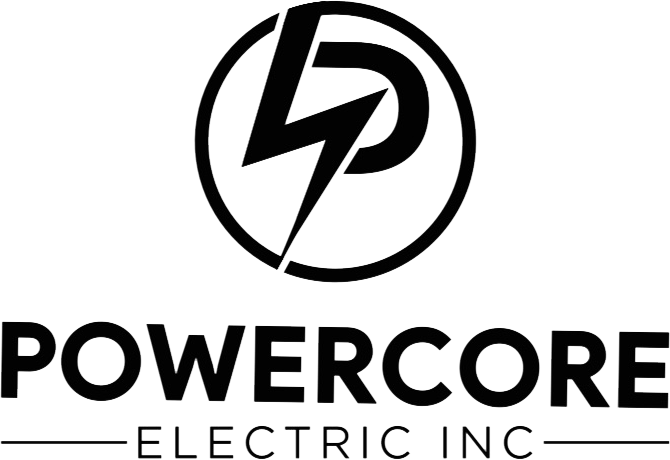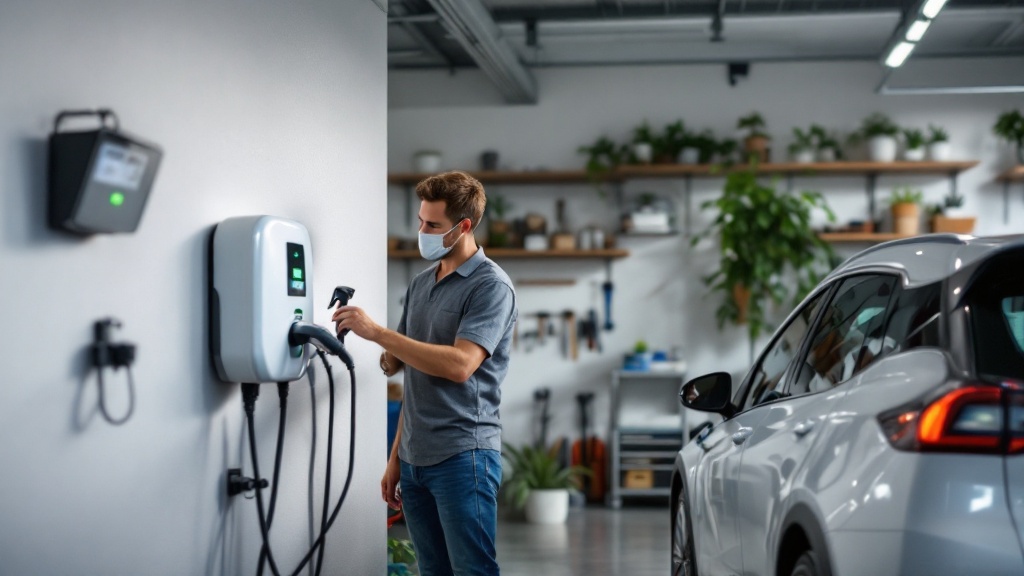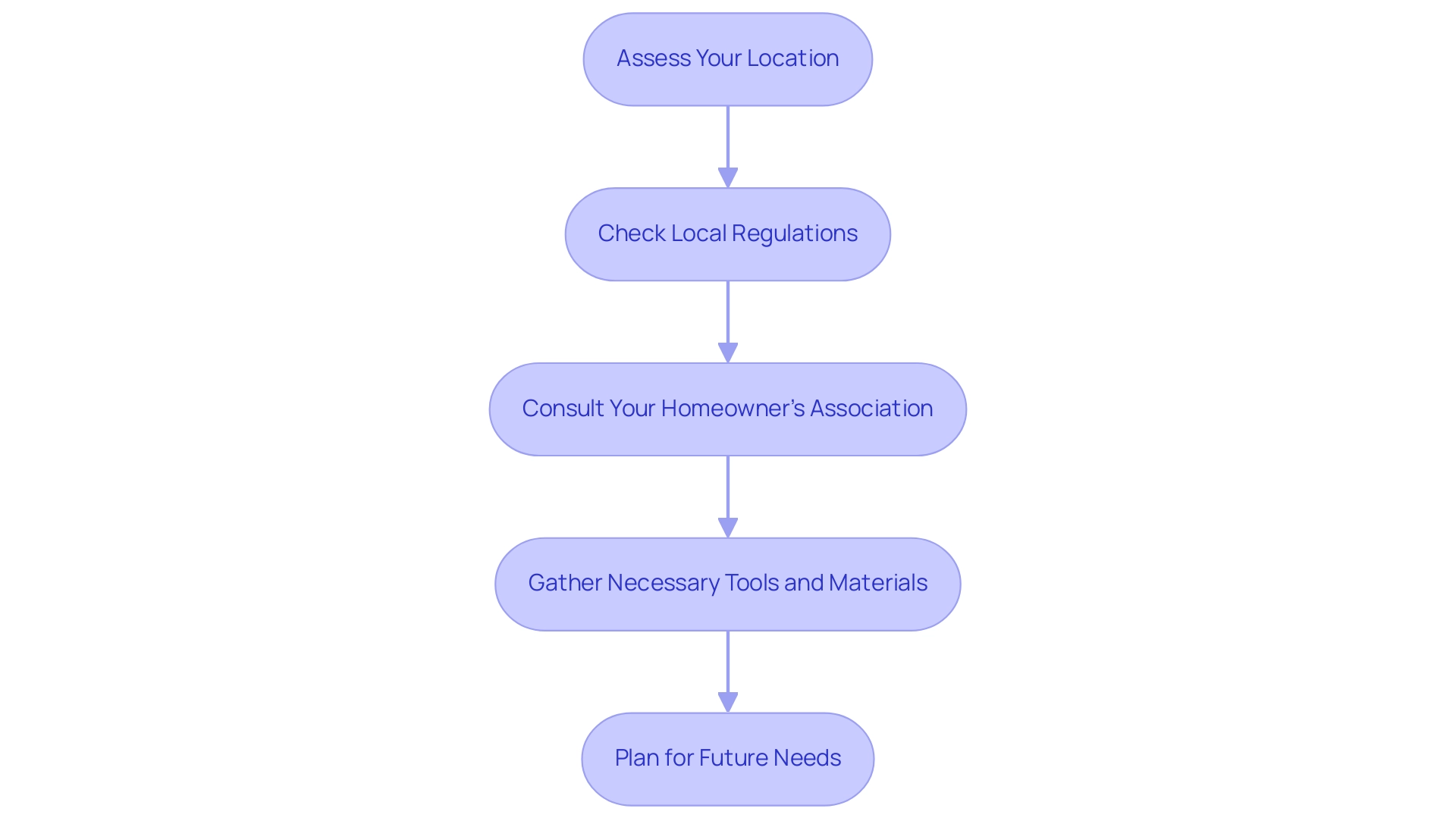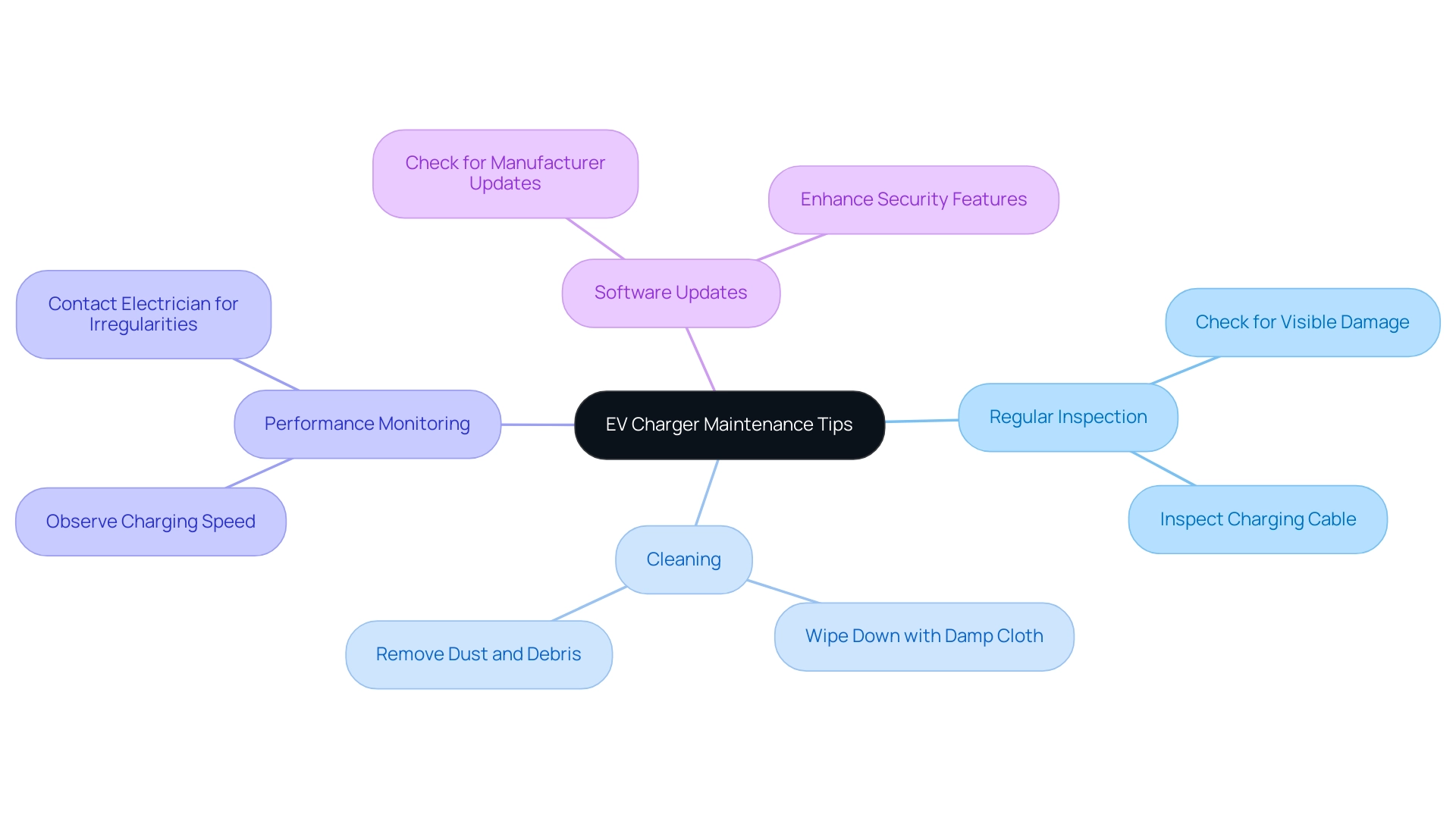Introduction
As electric vehicles (EVs) become an increasingly popular choice for eco-conscious drivers, homeowners are exploring the best ways to accommodate this shift in transportation. Installing an EV charger at home not only enhances convenience but also supports a sustainable future. However, the process can seem overwhelming, from selecting the right charger to ensuring your electrical system is up to par.
This guide walks through everything homeowners need to know, from preparation and installation to maintenance and potential savings. With the right information and support, transitioning to electric charging can be a smooth and rewarding experience.
Preparing Your Home for EV Charger Installation
Before you jump into the installation of your EV device, it’s essential to take a few preparatory steps to ensure everything goes smoothly:
- Assess Your Location: Think about where you want to set up your device. Ideally, it should be near your parking area and close to your electrical panel for easy access.
- Check Local Regulations: Research local building codes and regulations regarding EV charger setups. Different areas may have specific requirements that you need to follow, which is particularly relevant in light of evolving local incentives and subsidies for renewable energy.
- Consult Your Homeowner’s Association (HOA): If you reside in a neighborhood with an HOA, review their guidelines concerning the setup of charging stations, as some associations have unique rules that could affect your plans.
- Gather Necessary Tools and Materials: Ensure you have basic tools available, like a drill, screwdriver, and insulating tape. If you choose to employ a professional, Powercore Electric will handle this aspect for you as part of their extensive setup process, which includes site assessments, electrical upgrades, rigorous testing, and commissioning to ensure everything operates optimally.
- Plan for Future Needs: Consider in advance if you may wish to install extra outlets or upgrade to a quicker charging option later. With the growing infrastructure for EVs, now is the time to plan.
Additionally, be aware of local incentives and rebates for solar panel installation in Bakersfield, which can promote renewable energy adoption and may help offset installation costs. For more information on how to install an EV charging station at home or to discuss your options, reach out to Powercore Electric at ryan.serrano@powercoreinc.net or call (916) 699-8778. Their expertise in solar panels and battery backups can also help you explore renewable energy solutions tailored for your home.
Choosing the Right EV Charger: Levels and Options
When it comes to choosing the suitable EV station for your home, you have several great options to consider:
- Level 1 Devices: These units plug into a standard 120-volt outlet, making them the simplest choice when you install an EV charging station at home for overnight charging. They typically add about 3 to 5 miles of range per hour. If your daily commute is short, a Level 1 device could be just what you need. For individuals who travel more often or for greater distances, it is advisable to install an EV charging station at home, with Level 2 stations being the preferred option. They need a 240-volt outlet and can offer anywhere from 10 to 60 miles of range per hour, depending on the model of the device and your vehicle. This means you can spend less time charging and more time on the road. With battery manufacturing capacity projected to reach 0.6 TWh by 2025, the increasing demand for efficient devices makes it a smart investment to install an EV charging station at home.
- Smart Devices: Many Level 2 units now come with intelligent technology features. This means you can monitor your charging from your smartphone and schedule charging during off-peak hours to take advantage of lower electricity rates. It’s a win-win for your convenience and your wallet.
- Before making a decision to install an EV charging station at home, it’s essential to check your vehicle’s specifications. Some electric vehicles (EVs) are designed to work best with specific types of charging stations, so knowing what yours needs will help you make the right choice.
- Budget Considerations: Prices for devices needed to install an EV charging station at home can vary significantly. Level 1 chargers are typically less expensive, while Level 2 chargers can range from $500 to $2,000 or more, depending on features. It’s wise to budget accordingly, keeping in mind the long-term advantages of quicker power replenishment.
- Infrastructure Insights: California, which has the most EV charging infrastructure in the U.S., faces challenges with service availability, having one public charging port for every 29 EVs. This emphasizes the significance of evaluating both charging station availability and your local infrastructure when selecting an EV charging device.
By assessing these options and insights, you’ll be better prepared to choose the station that aligns with your lifestyle and will help you install an EV charging station at home to support your eco-conscious objectives.
Assessing Your Electrical System for Compatibility
Evaluating your power system is an essential step in order to install an EV charging station at home. Here’s a friendly guide to help you through the process:
-
Check Your Electrical Panel: First things first—take a look at your electrical panel.
You want to make sure it has enough capacity to support your shiny new device. Most Level 2 devices require a dedicated circuit to function correctly, so double-check that your panel can manage the additional load. In states like Wyoming, North Dakota, and West Virginia, where the ratios of EV ports to vehicles are notably high, ensuring your electrical system is up to par is crucial for maximizing your charging potential.
-
Consult an Electrician: While it might be tempting to tackle this yourself, it’s really wise to hire a licensed electrician to give your system a thorough evaluation.
They’re the experts in identifying any upgrades you might need, such as adding a new circuit or even upgrading your entire panel if necessary. Remember, safety first!
-
Review Your Home’s Wiring: Next, take a peek at your home’s wiring. Is it up to date?
Older homes often need rewiring to accommodate the requirements of modern appliances, which includes the need to install an EV charging station at home.
An electrician can help assess if your wiring is ready for the challenge.
-
Consider Your Electricity Usage: Finally, think about your current electricity usage. How will adding an EV charging station affect your overall consumption?
Understanding this will help you anticipate any changes to your electricity bill and ensure you’re not overloading your system, making it easier to install an EV charging station at home. Additionally, don’t forget the importance of regular maintenance for your solar panels, which is essential for maximizing efficiency and longevity.
As Oliver Guirdham observed, areas such as Asia-Pacific are swiftly developing their EV infrastructure, highlighting the increasing significance of power supply solutions in our communities.
This trend underscores the necessity for homeowners to ensure their systems are equipped for future demands. Furthermore, Norway’s experience demonstrates that robust charging infrastructure correlates directly with EV adoption rates, as seen in the shift from 1.3 battery electric light-duty vehicles (LDVs) per public charging point in 2011 to 25 by the end of 2022.
For professional setup services, including power estimates and safety checks, reach out to Powercore Electric today and make sure your home is prepared for the future!
Step-by-Step Guide to Installing Your EV Charger
Installing your EV charging station can be a straightforward process when you follow these essential steps:
-
Hire Powercore Electric: While some homeowners might feel tempted to take the DIY route, the safer and more effective choice is to enlist a professional. Powercore Electric focuses on how to install ev charging station at home, navigating the complexities of power systems to ensure a safe setup.
- Site Evaluation: Prior to installation, our team will perform a comprehensive analysis of your property to identify the optimal spot for your unit and assess any required power upgrades. This ensures that your device is positioned for optimal use.
- Electrical Upgrades (if necessary): Depending on the existing electrical infrastructure, we may need to upgrade or modify it to accommodate the charging station. This step is crucial to ensure that your home is prepared to install an EV charging station at home safely and efficiently.
- Prepare the Installation Site: Clear the area where the device will be set up, making it easily accessible for our electricians. This will help simplify the setup process.
- Install the Device: Our qualified electricians will handle everything from mounting the device on the wall to connecting it to your electrical panel, ensuring that it meets all safety and regulatory standards. This step is crucial for both functionality and safety.
-
Testing and Commissioning: Following setup, we thoroughly assess the device to ensure that it functions properly and safely. This thorough check helps prevent future issues and gives you peace of mind.
-
Educate Yourself on Usage: Once everything is set up, take time to familiarize yourself with your charger’s features and how to use it effectively. Our user manuals will offer useful suggestions to help you begin.
By adhering to these steps with Powercore Electric, you can guarantee a seamless setup process to install ev charging station at home while emphasizing safety and efficiency. Remember, investing in professional setup pays off in reliability and peace of mind. For more information on our services, including solar panels and battery backups, feel free to reach out to us at ryan.serrano@powercoreinc.net or call us at (916) 699-8778.
Understanding the Costs and Incentives for EV Charger Installation
When you’re considering the expenses of installing an EV station at home, here are some key points to keep in mind:
-
Installation Costs: Generally, you can expect to invest between $500 and $2,000 for both the device and installation. This total will vary depending on the type of device you select, any necessary electrical upgrades, and labor costs for Level 2 stations, which typically range from $1,200 to $2,000.
Types of Chargers: Powercore Electric Inc. offers a variety of EV power sources, including Level 1 and Level 2 options, tailored to meet different household needs. Our team can assist you in choosing the appropriate power source based on your vehicle and daily driving habits. It’s a great idea to check with your local utility companies and government programs, as many offer rebates to help offset the costs to install an EV charging station at home. These financial incentives are designed to encourage more homeowners to make the switch to electric vehicles.
-
Don’t forget to explore federal tax credits that may be available when you install an EV charging station at home. The IRS website is a reliable resource for current eligibility requirements and details about how to take advantage of these credits.
-
Long-Term Savings: Think about the long-term benefits as well! By choosing to install an EV charging station at home, you can achieve substantial savings on fuel costs over time, and it may also enhance your home’s value. With the average American traveling approximately 36 miles daily, it’s no wonder that 80% of EV drivers favor the ease of refueling at home. By investing in a home power solution, you’re not just making a smart financial move; you’re also contributing to a more sustainable future.
Public Recharging Costs: Consider the financial implications of relying solely on public recharging. Public EV refueling can be significantly more expensive than at-home refueling, with costs for a full charge on a 40kW battery ranging from $8 to $10 for Level 2 and $16 to $24 for Fast DC. Annual costs for depending solely on public power sources can lead to expenses between $770 to $2,300, highlighting the cost savings when you install an EV charging station at home.
If you’re ready to explore installation options, Powercore Electric Inc. offers comprehensive services, including the ability to install an EV charging station at home, as well as solar panels, battery backups, and expert energy solutions. Contact us today at ryan.serrano@powercoreinc.net or call (916) 699-8778 for a consultation. Let us help you make your home more energy-efficient and eco-friendly!
Our satisfied customers have seen significant benefits from our services, and we look forward to assisting you on your journey to sustainability.
Maintenance and Troubleshooting Tips for Your EV Charger
To keep your EV charger in tip-top shape and ensure it serves you well for its expected lifespan of around 10 years, consider these friendly maintenance tips from your local experts at Powercore Electric Inc., your go-to source for solar panels, battery backups, EV charging stations, and general electrical services:
- Regularly Inspect the Charger: Make it a habit to check for any visible damage or signs of wear and tear. Pay special attention to the charging cable—ensure it’s free from frays or cuts that could affect performance.
- Clean the Device: Just like your kitchen appliances, your device needs a little TLC! Dust and debris can accumulate, so take a moment to wipe it down with a damp cloth every so often.
- Monitor Performance: Keep an eye on how your device is performing. If you observe any irregularities—such as slower power times—don’t hesitate to contact your electrician at Powercore Electric for a quick check-up. Remember, the Federal Highway Administration states, “Taking action now will help them meet federal regulations, increase their dependability among their clients, and promote business sustainability.” This emphasizes the importance of maintenance in relation to compliance and reliability.
- Stay Updated: If your power adapter has smart features, make sure to keep its software updated. Manufacturers often roll out updates that can enhance performance and bolster security, so check for those periodically.
By following these simple steps, you can not only extend the life of your EV charger but also enjoy a smoother experience while replenishing. Additionally, understanding the general costs associated with EV power station maintenance—like cleaning, regular testing, and secure storage of cables—will help you manage your infrastructure more effectively. Powercore Electric Inc. also offers solar panels and battery backups that can complement your EV charging solutions, especially when you decide to install an EV charging station at home, providing a comprehensive approach to energy management.
For more information about our services or to schedule a maintenance check, feel free to contact us at Powercore Electric Inc. at ryan.serrano@powercoreinc.net or call (916) 699-8778. We’re here to help you with all your electrical needs!
Conclusion
Transitioning to electric vehicle ownership is an exciting step that not only enhances convenience but also contributes to a more sustainable future. As outlined in this guide, preparing your home for an EV charger involves thoughtful planning, from assessing your location and checking local regulations to understanding your electrical system’s compatibility. By selecting the right charger—whether it’s a Level 1 or Level 2 option—and considering budget and infrastructure, homeowners can make informed choices that best suit their needs.
The installation process, while straightforward with professional help, ensures safety and efficiency, allowing for a seamless integration of this new technology into daily life. Furthermore, understanding the costs associated with installation, including potential rebates and long-term savings, reinforces the financial wisdom of investing in an at-home charging solution.
Lastly, maintaining your EV charger is key to its longevity and performance. Regular inspections and updates will keep it running smoothly, ensuring that the transition to electric driving remains a rewarding experience. Embracing this shift not only enhances personal convenience but also plays a vital role in fostering a cleaner, greener environment for future generations. Now is the time to take action and make this sustainable choice a reality.




